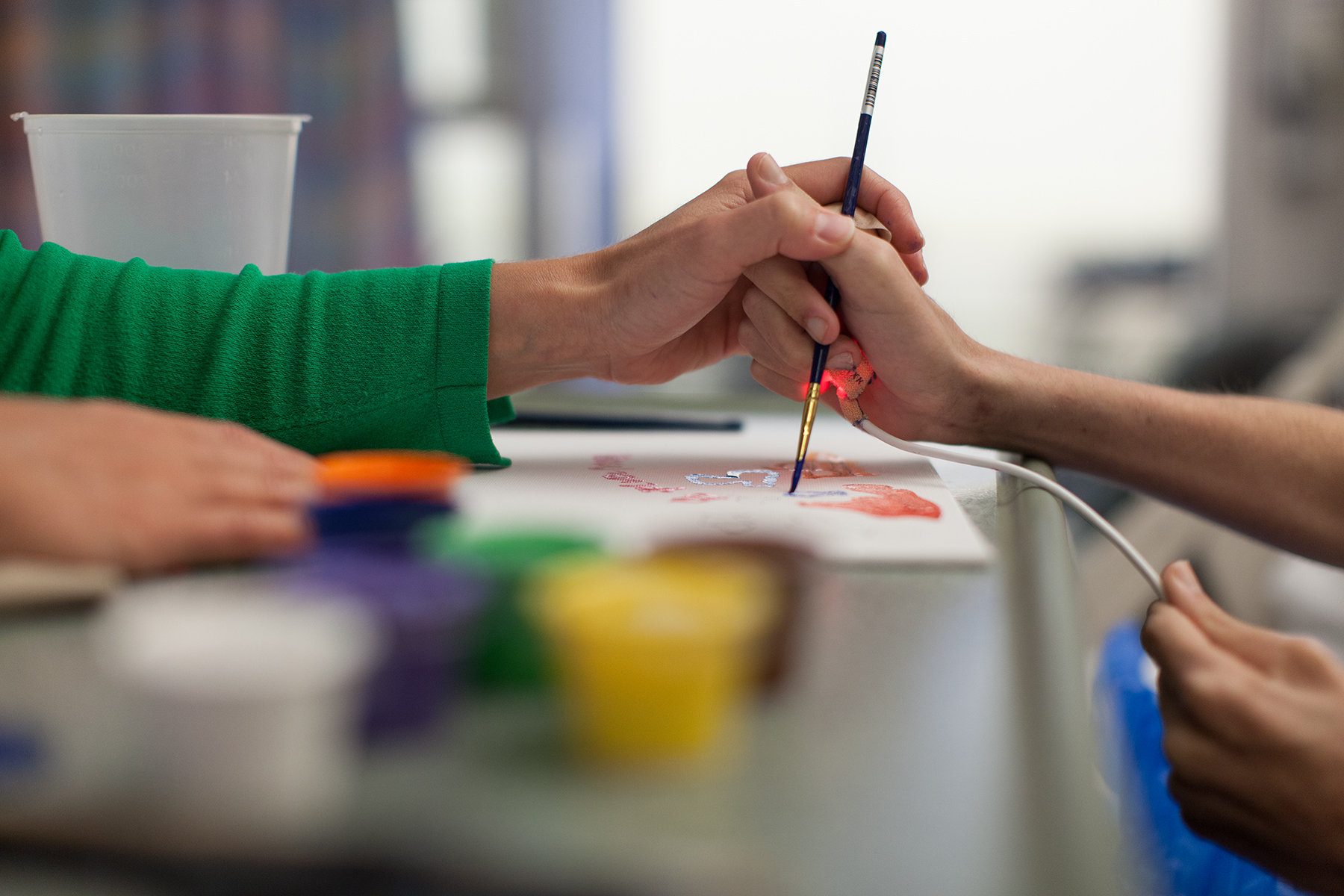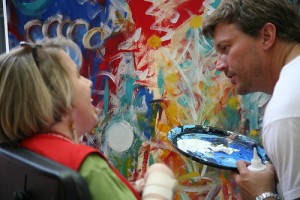The Abstract: What You Need to Know About Art Therapy
By combining an interest in art with a passion for psychology, art therapists are able to help people by doing what they love.
By Rebecca Friou, University of New Orleans
Are you a multipotentialite? If so, I might have just the thing for you.
Growing up, I always had a hard time sticking to things. I would start piano lessons and convince myself that a professional pianist was my calling. A week later, I was dead set on being a pediatrician. As careers started becoming a thing of the near future, I struggled even more to declare a major. Left and right my friends were determining their paths, expressing their devotion for medicine, architecture, education and astrology. Eventually, I came across a profession that combines two of the four things I love most. Between the words art, music, writing and psychology, you probably hear, “no job,” “no money,” and “no future.”
I am here to tell you otherwise.
Recreational therapy. Most people write these methods of healing off as phony and undermine the importance of seeking new treatments for all kinds of ailments. This broad category includes things such as dance, horseback riding, music, swimming and art. But if you’re somewhat open-minded, you might like what I have to say about combining your love of art and medicine.
Here’s a quick history lesson.
As the history of psychoanalysis and implementation of creative depictions has evolved, our society has developed the term “art therapy.” Art therapy is a contemporary and innovative method of treating struggling patients and providing a meaningful career to artists of all kinds. Dating back to prehistoric times, the use of art in healing and communication is vital to the treatment of various illnesses.
However, art therapy did not emerge as a profession until the 1940s when an increase in mentally ill patients’ artwork and creative pieces transpired. A prominent German psychiatrist during this period, Johann Reil, published a program emphasizing the use of creative exercises in therapy for mental disorders which has since stimulated the growth and development of this field.
Art therapy is defined by the American Art Therapy Association as a mental health profession that “combines knowledge and understanding of human development, psychological theories, techniques with visual arts and the creative process” to provide a unique strategy to improve psychological health. In order to appoint yourself an art therapist, you first have to follow some guidelines so the AATA knows you’re actually legit.
As an undergrad, you have to live, breathe, sleep and eat art.
Just kidding! While yes, you must have a fine arts background, you can’t forget that psychology is a major part of this career. You’re going to be dealing with all kinds of issues. You can’t afford to become one of those issues to your patients because of your underdeveloped people skills. But don’t fret yet. The real test is the graduate program. Only a handful of universities offer undergraduate majors in art therapy, so in reality, most people don’t study these two fields together until grad school.
In one of these graduate programs, you’ll complete 60 hours of creative and psychological training. It is recommended that professionals seeking this career have a vast understanding of different art mediums such as painting, sculpting, drawing, etc. A wide range of mediums aids in achieving the ultimate goal of restoration or fulfillment within their patient by using creativity as an outlet and exercise.
Following a master’s degree, art therapists must dedicate several years to clinical training underneath an established therapist. Once qualified for this profession, there are a variety of settings in which an individual can work. Although the majority of art therapists work privately, they can also be found in rehabilitation centers, hospitals, psychiatric facilities and even schools. These qualified men and women can work with a wide range of people from different backgrounds, ages and medical histories. Typical patients include those suffering from depression, anxiety, autism, cancer and trauma.
I even read one case where a recent graduate student compiled his portfolio to show a hospital how beneficial his art therapy was in aiding a child with cancer and chemotherapy. The hospital was so impressed that they created a position for this man to continue his work with pediatric cancer patients. In another instance, studies showed a correlation between women with breast cancer and art therapy who were noted to have found, “a sense of purpose and meaning despite their illnesses.” If that doesn’t put a smile on your face, I’m concerned.
Lets talk numbers. According to the United States Bureau of Labor Statistics, the average annual starting salary for recreational therapists in 2014 was $46,060 meanwhile the top ten percent earn $69,230. So you might not be buying a private island anytime soon, but it’s probably not the end of the world.
So, if you’re super into art and want to be a starving artist without actually starving, check out an art therapy program. This pioneer method is on the rise as both a career and a treatment in not only medical areas but educational and social areas as well. Its unique form of recreational therapy not only provides hope for participants, but also evokes stimulation in the part of the brain dedicated to creativity and intellectual thought. Art therapists are able to provide and restore balance to the lives of mentally ill people while using their own artistic talents, resulting in a mutually positive system.
There are not always such obvious ways to combine two passions into one career. But regardless, it’s so important to find time for the things you love most.
If you’ve got the drive, skill and passion for spending time with conflicted persons in need of a creative outlet, seriously consider putting your talent to test. This world can always use more smiling faces. Be the reason for one of them.













